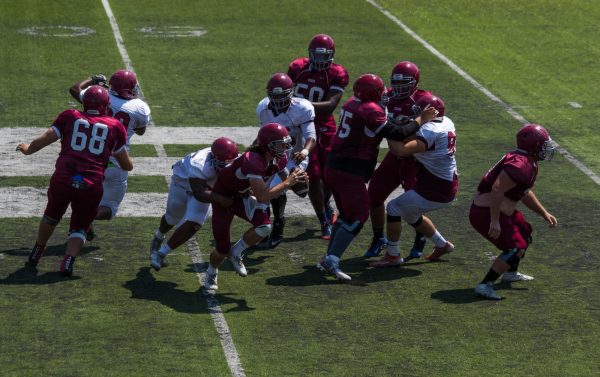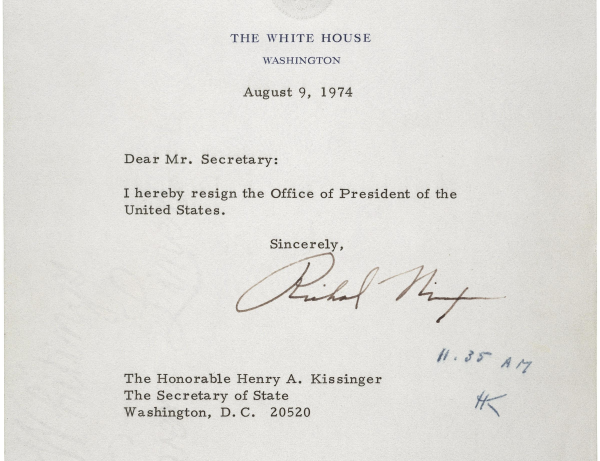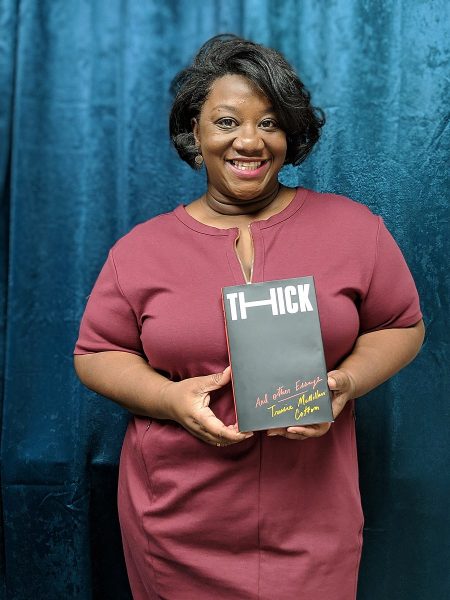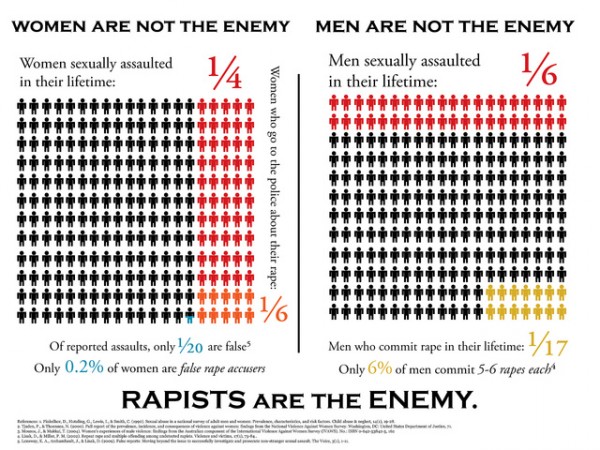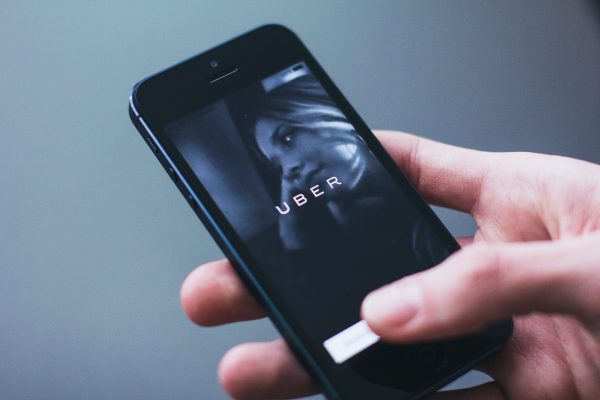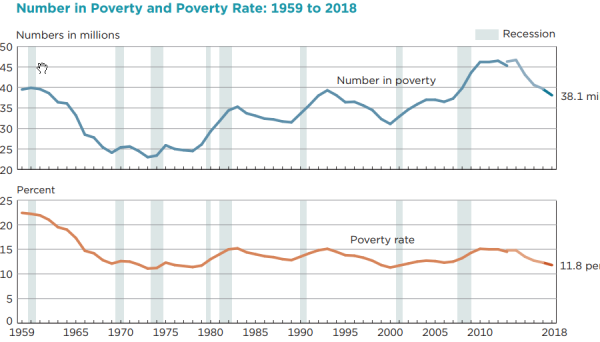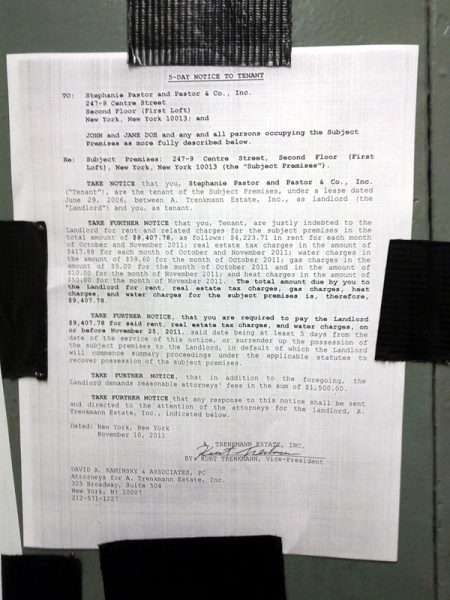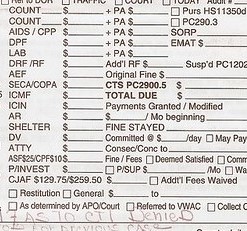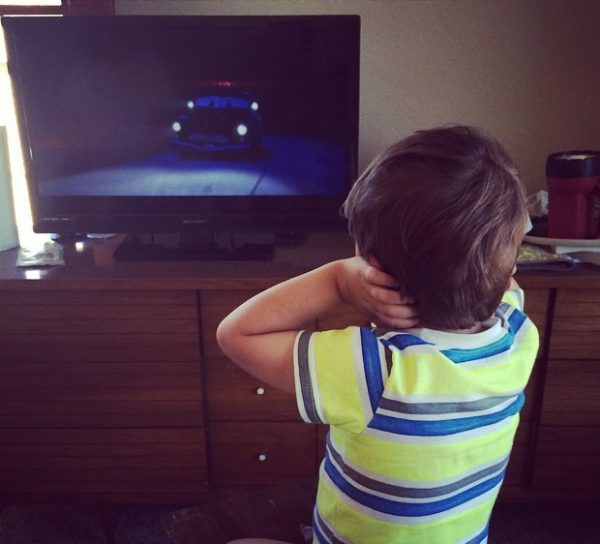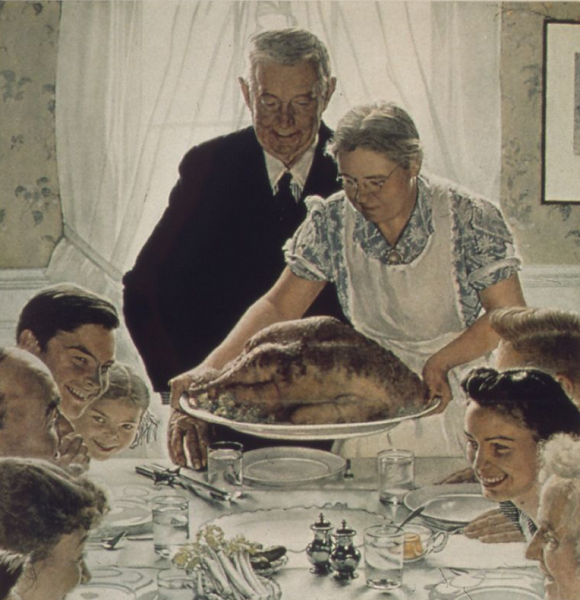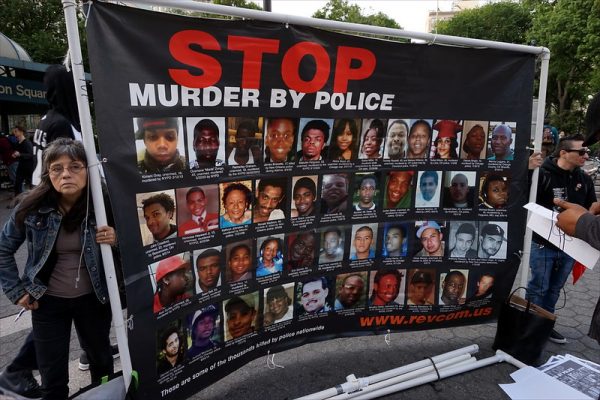
Originally posted July 8, 2019.
On July 4th, 1776, signers of the Declaration of Independence declared their intent to “dissolve the political bands” holding the United States and Great Britain together. That subtle language quells the imagery of violent revolution — over nearly a decade of warfare, thousands died in the conflict. Today, in the midst of flags and cookouts, the violence of the revolution may yet again fade to the background. But many social scientists examine such violence deeply, and in doing so showcase the power of violence to remake identity, redraw state boundaries, and bring power to marginalized groups.
Acts of violence can redefine the boundaries of groups. During crises like civil war or political upheaval, political elites may seek to unite ethnic, racial, or religious groups to consolidate power. Threats of violence may motivate these groups, for fear or for self-protection, to mobilize. Historically, these changing groups have influenced national boundaries — indigenous groups were often targeted for violent elimination in order to conquer a space for a particular identity group, or areas were conquered to make more space for a group in power. In these ways, many of the symbolic and physical boundaries in the world around us carry traces of violence.
- Georg Simmel. 1955. Conflict. Toronto: The Free Press.
- Michael Mann. 2004. The Dark Side of Democracy: Explaining Ethnic Cleansing. New York: Cambridge University Press.
- Eric Weitz. 2003. A Century of Genocide: Utopias of Race and Nation. Princeton University Press.
Violence and conflict can also create opportunities for those with limited political power. Elisabeth Jean Wood, for example, analyzed how insurgent groups of impoverished and exploited workers could use organizing and sometimes violent tactics to convince powerful leaders to negotiate, thus installing democratic governments. Marie Berry examines political power in the aftermath of conflict, showing how the participation of women in traditionally male spaces after violence enabled political organizing and gains in power. Though the extent and longevity of these changes differ between conflicts, violence and its aftermath have the capacity to result in political change.
- Marie E. Berry. 2018. War, Women, and Power: From Violence to Mobilization in Rwanda and
- Bosnia- Herzegovina. New York: Cambridge University Press.
- Elisabeth Jean Wood. 2000. Forging Democracy from Below: Insurgent Transitions in South Africa and El Salvador. Cambridge, UK: Cambridge University Press.
While the transformative power of violence looks different across cases, its power doesn’t exist in a vacuum — global norms and regulations around violence often impact its destructive and constructive capacities. Today’s belligerents are often aware of laws surrounding the use of violence, like regulations about who or what can be targeted and what types of strategies are permitted. To garner favor with powerful international actors, many combatants abide by these regulations. Others abide selectively, like signing onto treaties in order to partake in other forms of violence with less oversight.
- Jessica A. Stanton. 2016. Violence and Restraint in Civil War: Civilian Targeting in the Shadow of International Law. Cambridge, UK: Cambridge University Press.
- Emilie Hafner-Burton, Kiyoteru Tsutsui, and John W. Meyer. 2008. “International Human Rights Law and the Politics of Legitimation.” International Sociology 23(1): 115-41.
- John W. Meyer. 2000. “Globalization: Sources and Effects on National States and Societies.” International Sociology 15(2): 233-248.
In the centuries that have passed since the revolution, many Americans now think of July 4thas a day of parades and parties, as representations of conflict have faded over time. But amongst the fireworks, social science shows the centrality of violence in national histories, international relations, and the relative power of social groups.

